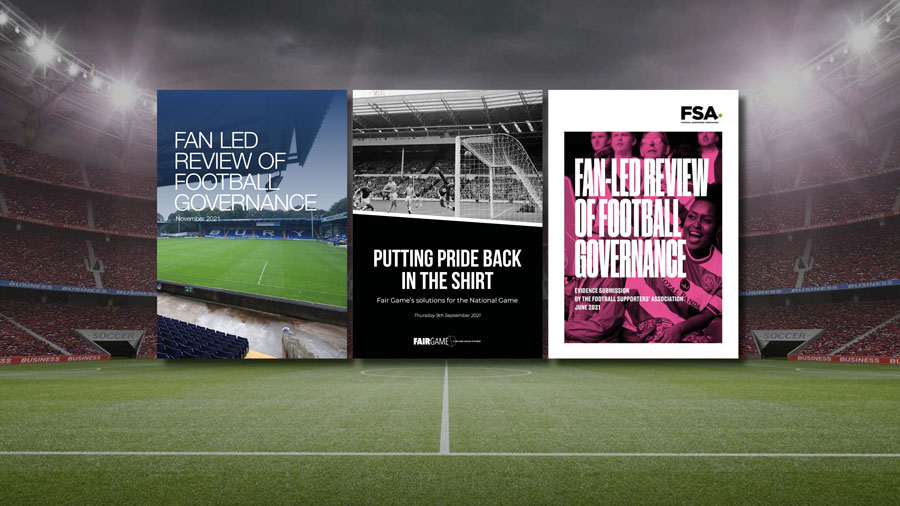Regulation comes down the track for local authorities
The Regulator of Social Housing is engaging more directly with stock-owning councils

GOVERNANCE
Image: Istock

Maggie Rafalowicz
Director, Campbell Tickell
These are challenging times for local authorities – reduced General Fund budgets, pursuit of operating efficiencies and reduced costs, significant changes across many services and continuing impact of Covid-19 and Brexit.
For stock-holding local authorities with Housing Revenue Accounts (HRA), there are additional pressures such as structuring debt to minimise the HRA debt burden, asset management and decarbonisation, and an increasing focus on the interaction between the HRA and the General Fund.
Increased regulation
The Regulator of Social Housing (RSH) is increasing its involvement in the regulation of stock-holding local authorities. The Social Housing Regulation Bill has now been published. It will be looking at how the local authority can demonstrate its adherence to Consumer Standards, Rent Standard, the Building Safety Act and Fire Safety Act, whether it delivers services directly or via an arm’s-length management organisation (ALMO), Tenant Management Organisation (TMO) or Estate Board. And how it responds to changes to legislation and regulation such as the Building Safety Bill, the redrafted Consumer Standards and initiatives such as the Housing Ombudsman’s complaints handling code as well as the council’s resident engagement offer.
Housing associations have been regulated by the RSH for many years. While stock-holding councils are classed as Registered Providers (RPs), the active regulatory focus on local authorities is relatively new.
Different beasts
And local authorities are different beasts. A local authority housing service does not operate in isolation and is invariably linked to an authority’s wider strategic objectives and other council teams’ operations and delivery arrangements. Local democracy also creates a different dynamic from housing associations.
Each housing service delivers a broad range of services such as housing management, income management, asset management and resident involvement. Also, there is an increased focus on fire safety, building compliance, decarbonisation, complaints, and in the case of local authorities, issues such as domestic abuse, safeguarding and homelessness.
Complying with regulatory standards should be an outcome of providing a successful service, rather than a driver for doing so. However, with all that going on how best can a local authority be assured that changes to good practice, regulation and statute are picked up, evaluated and managed?
Assurance is key
An assurance framework is a key tool that can provide insight into whether the necessary levels and combination of controls are in place and can cope with risks. Key issues covered by an assurance framework include:
- The framework being aligned to broader corporate objectives
- Performance is analysed and reported at different levels, and is able to give senior officers and elected members assurance about delivery and regulatory compliance
- Adherence to HRA ring-fence guidance and borrowing decisions
- In the case of outsourced services, the reporting relationship between, for example, ALMOs and the local authority to ensure clarity and transparency
- Clarity on arrangements on dealing with councillor enquiries
- Clarity on how the framework deals with regulatory compliance and changes to regulation and statute
- Resident involvement and engagement practices and proposals which set out arrangements for hearing and acting on the resident voice across governance, management and delivery
- Risk map with realistic and deliverable priorities aligned to the council’s objectives with actions to mitigate risk
“Complying with regulatory standards should be an outcome of providing a successful service, rather than a driver of doing so.”
In conclusion, if a local authority delivers a quality housing service, the strong likelihood is that you will meet the required regulatory standards. The establishment and use of an assurance framework is an important ingredient in this mix.


